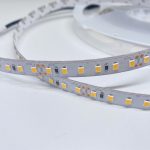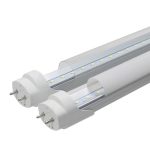Effortlessly Remove LED Light Adhesive from Walls with These Proven Methods
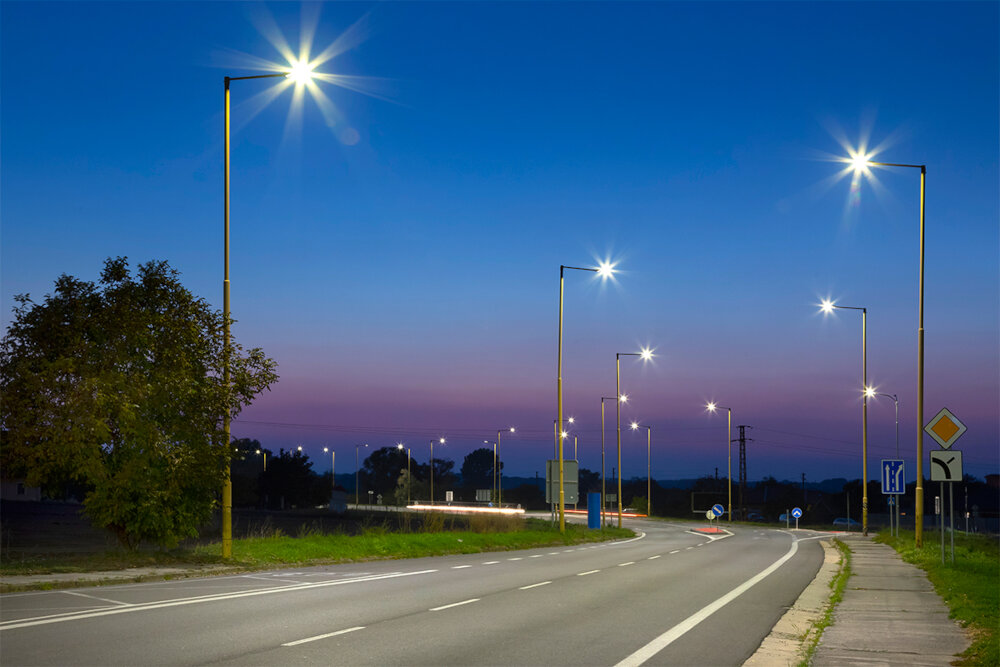
LED lights are a great addition to any room, providing a cozy and modern feel. They can create a soothing ambiance and add a pop of color to your space. However, one of the biggest challenges of using LED lights is removing their adhesive from your walls. Once the adhesive is stuck, it can be challenging to remove without damaging the paint or wallpaper. But, with the right methods and tools, you can easily remove LED light adhesive without any hassle. Removing LED light adhesive from walls requires some patience and effort, but the end result is worth it. Whether you are moving to a new place or just want to change the location of your LED lights, you don’t have to worry about damaging your walls. In this article, we will discuss some proven methods and tools that you can use to effortlessly remove LED light adhesive from walls. These methods are easy to follow and require minimal effort, making the process of removing LED light adhesive a breeze.
Understand the Adhesive
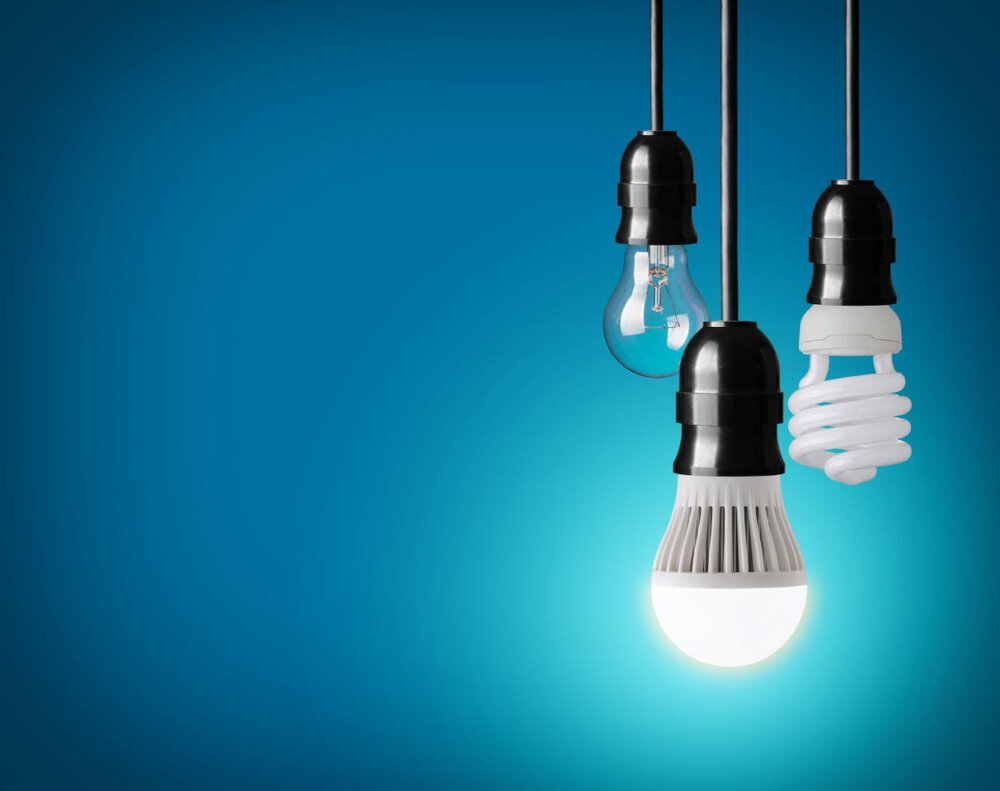
Understanding the adhesive is crucial when it comes to removing LED light adhesive from walls. Adhesives come in different types and strengths, and knowing the type of adhesive used will determine the best removal method. For example, solvent-based adhesives require a solvent to dissolve the adhesive, while water-based adhesives can be removed with water and soap. It is also essential to know the surface the adhesive is applied to because some surfaces, such as painted walls, can be damaged by certain adhesive removal methods. Therefore, before attempting to remove the adhesive, it is critical to research the type of adhesive and surface to ensure the correct removal technique is used. Furthermore, it is important to note that not all adhesives are created equal, and some may require specialized removal methods. For instance, some adhesives may have a high resistance to solvents, which means that solvents may not be effective in dissolving the adhesive. Also, some adhesives may harden over time, making it difficult to remove them without damaging the surface. In such cases, it may be necessary to use mechanical methods such as scraping or sanding to remove the adhesive. In summary, understanding the adhesive is key when it comes to removing LED light adhesive from walls, and it is essential to research the type of adhesive and surface to ensure the correct removal technique is used.
When it comes to LED lights, choosing the right adhesive is crucial. There are various types of adhesives used for LED lights, and each one has its unique features. For example, double-sided foam tape is a popular choice as it easily conforms to uneven surfaces and provides a strong hold. Another option is clear silicone adhesive, which is waterproof and heat-resistant, making it perfect for outdoor use. Alternatively, hot glue is an excellent choice for DIY projects as it sets quickly and can be easily removed. However, it’s important to note that not all adhesives are suitable for all surfaces, so it’s essential to choose the right adhesive for your specific needs to ensure a secure and long-lasting hold.
Adhesives are substances that bond two surfaces together by filling the microscopic gaps between them. They work by creating a chemical or physical bond between the surfaces, which can be either reversible or irreversible. The most common types of adhesives are solvent-based, hot-melt, and pressure-sensitive adhesives. Solvent-based adhesives work by dissolving the surface of the materials being bonded, creating a chemical bond between the two. Hot-melt adhesives melt the adhesive and then solidify when they cool, creating a strong physical bond. Pressure-sensitive adhesives are sticky at room temperature and require only a small amount of pressure to bond two surfaces together. Regardless of the type of adhesive used, they all work by filling the gaps between surfaces and creating a bond that is stronger than the individual materials.
It is crucial to remove adhesive properly because it can leave behind unsightly residue and damage the surface it was applied to. Adhesive residue can attract dirt and dust, making the surface appear dirty and unkempt. Improper removal may also result in scratches or marks, which are difficult to remove. Furthermore, if the adhesive is left on for too long, it can become hardened and more difficult to remove, requiring harsh chemicals or abrasive methods that can further damage the surface. As such, it is essential to take the time to remove adhesive properly to ensure a clean and undamaged surface.
Tools and Materials Needed
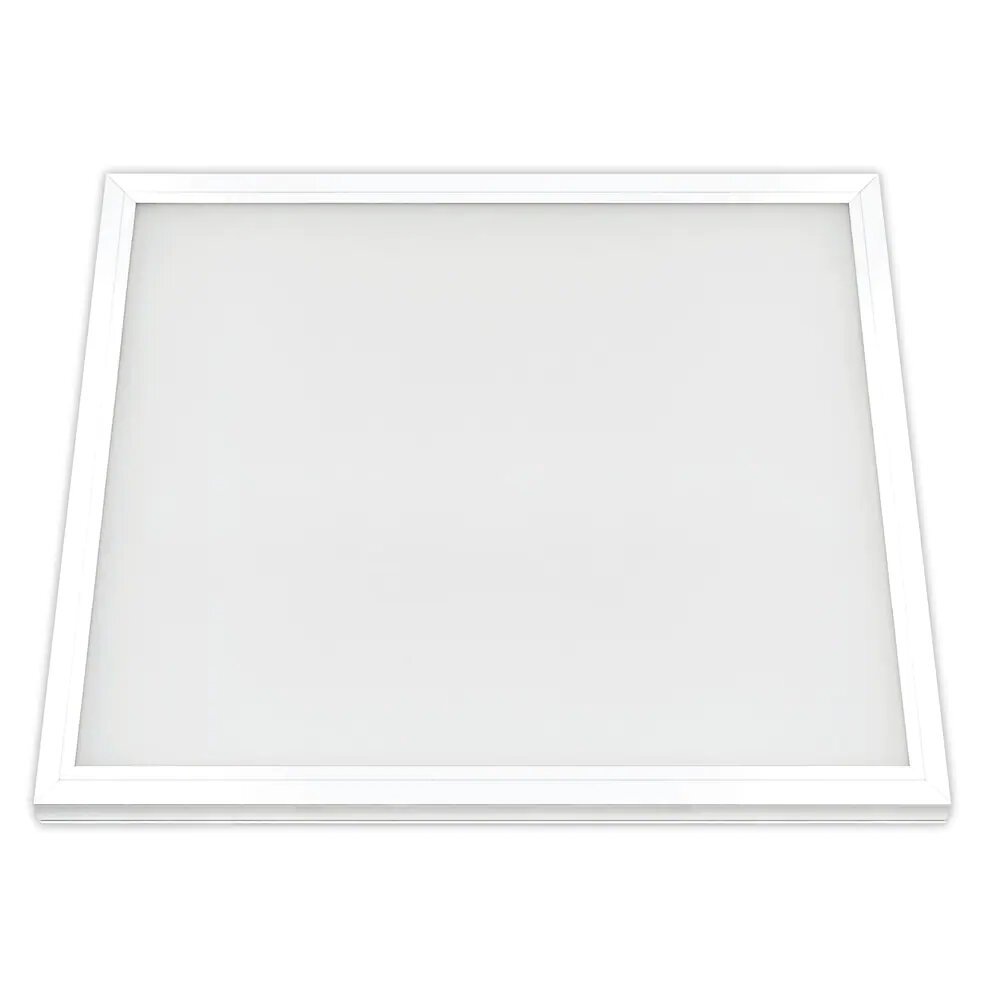
When it comes to removing LED light adhesive from walls, having the right tools and materials is essential for achieving a smooth and effortless process. One of the most important tools you’ll need is a putty knife or scraper. This will help you pry the adhesive off the wall without causing any damage to the surface. A heat gun or hairdryer can also come in handy for softening the adhesive and making it easier to remove. Additionally, you may want to have a pair of gloves to protect your hands from any chemicals or sharp edges. In terms of materials, rubbing alcohol or acetone can be effective in breaking down the adhesive and making it easier to remove. You’ll also need a cleaning solution to wipe down the wall once the adhesive is removed. A mixture of warm water and dish soap can work well for this, or you can use a commercial cleaner specifically designed for removing adhesive residue. It’s important to have all these tools and materials on hand before starting the removal process to ensure a successful outcome.
Removing adhesive can be a daunting task, but having the right tools can make it much easier. Some of the essential tools for removing adhesive include a scraper, solvent, rubbing alcohol, and a heat gun. A scraper can be used to physically remove any excess adhesive from the surface. Solvents, such as acetone or mineral spirits, can break down the adhesive and make it easier to remove. Rubbing alcohol can also be used to dissolve the adhesive and make it easier to wipe away. Finally, a heat gun can be used to soften the adhesive and make it easier to scrape away. With these tools, removing adhesive can be done quickly and easily, without damaging the surface underneath.
When it comes to cleaning walls, there are several materials that can effectively remove dirt and grime without causing damage. A microfiber cloth is a great option for gentle cleaning, as it is soft and won’t scratch the surface. For tougher stains, a magic eraser can work wonders, but it’s important to test it on an inconspicuous area first to make sure it doesn’t damage the paint. White vinegar mixed with water is also a powerful cleaning solution that can cut through grease and grime. Additionally, a squeegee or a soft-bristled brush can be used to remove dirt and cobwebs from hard-to-reach corners. Whatever material you choose, always be sure to test it on a small area first to avoid any unwanted damage.
Proven Methods for Removing Adhesive
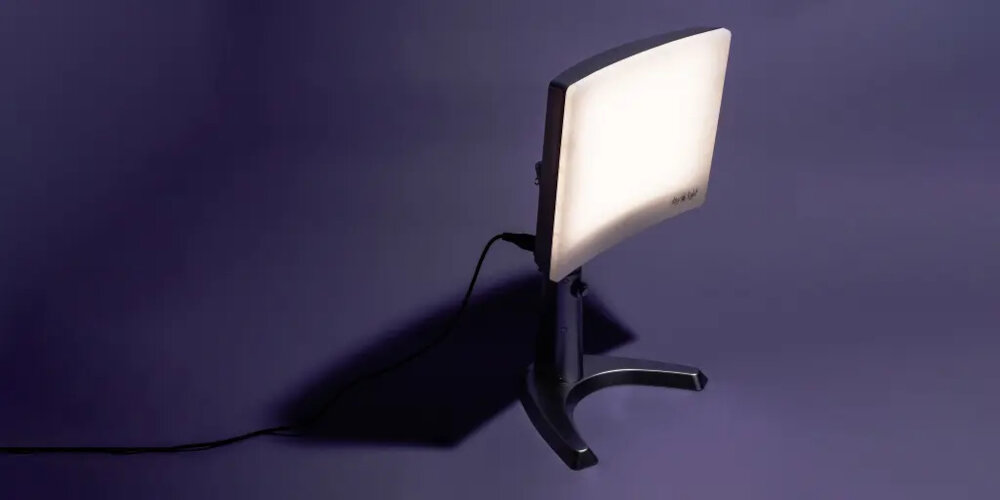
Adhesive residues can be a pain to remove, especially when you’re dealing with sensitive surfaces like walls. Fortunately, there are tried-and-tested methods for removing adhesive without damaging your walls. One popular method is to use rubbing alcohol. Simply apply a small amount of rubbing alcohol onto a clean cloth and gently rub the adhesive residue until it comes off. This method works well on smooth surfaces and is particularly effective for removing adhesive left behind by stickers and tapes. Another effective method for removing adhesive from walls is to use warm, soapy water. Mix a few drops of dish soap with warm water and apply the solution onto the adhesive residue using a sponge or cloth. Allow the solution to sit for a few minutes, then gently scrub the area until the adhesive is removed. This method works particularly well on painted walls and is gentle enough to avoid damaging the surface. Regardless of the method you choose, be sure to test it on a small, inconspicuous area first to ensure that it doesn’t damage the surface or leave any discoloration.
Are you tired of struggling with stubborn adhesive residue left behind by LED lights on your walls? Look no further than Method 1: Heat and Peel. This effective technique involves using a hair dryer or heat gun to warm up the adhesive, making it easier to peel off without damaging the wall surface. With just a few simple steps, you can effortlessly remove the unsightly adhesive and restore your walls to their former glory. Don’t let adhesive residue give you a headache any longer – try Method 1 and enjoy a stress-free LED light removal experience.
Method 2: Rubbing Alcohol is a simple yet effective way to remove LED light adhesive from walls. Rubbing alcohol is a colorless liquid that contains isopropyl alcohol and works wonders on various kinds of adhesives. Dip a cotton ball or cloth in rubbing alcohol and gently rub it over the adhesive residue. The alcohol breaks down the adhesive and makes it easier to remove. It is essential to wear gloves while using rubbing alcohol as it can dry out your skin. This method is cost-effective and readily available in most households. It is a convenient solution that can be used for multiple purposes other than removing LED light adhesive, making it a versatile addition to your cleaning supplies.
Method 3: Vinegar Solution is a highly effective solution for removing LED light adhesive from walls. It involves mixing equal parts of water and white vinegar in a spray bottle and spraying the affected area. Vinegar is a natural and safe acid that can dissolve the adhesive without damaging the wall’s surface. It is also an excellent disinfectant that can kill bacteria and germs. The acidic properties of vinegar can loosen the glue, making it easier to scrape off with a plastic scraper or your fingernails. The vinegar solution is inexpensive and readily available, making it an ideal method for those on a budget. It’s also an eco-friendly alternative to harsh chemical cleaners that can harm the environment.
Method 4: Goo Gone is an effective solution to remove the stubborn adhesive left behind after removing LED lights from walls. The formula of Goo Gone is specially designed to break down the stickiness of glues, tapes, and adhesives without damaging the surface underneath. Its powerful blend of citrus extracts and petroleum-based solvents makes it ideal for removing tough adhesive residues from walls, floors, and other surfaces. To use Goo Gone, simply apply a few drops on the adhesive and let it sit for a few minutes before wiping it away with a clean cloth. With Goo Gone, you can say goodbye to the hassle of scraping and scrubbing off adhesive residues from your walls.
Tips and Tricks
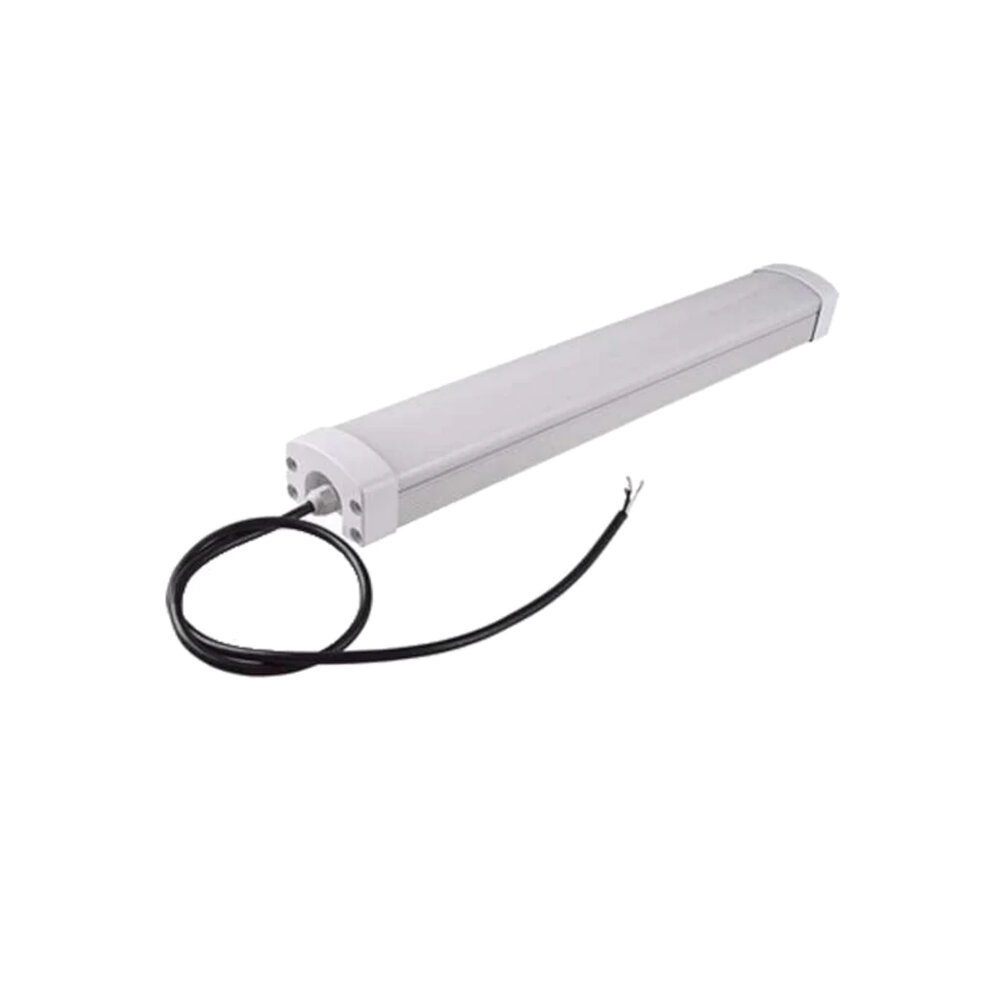
When it comes to removing LED light adhesive from walls, there are many tips and tricks that can make the process effortless. One of the most effective methods is to use a hairdryer or heat gun to soften the adhesive. This makes it easier to peel off without damaging the wall. Another tip is to use rubbing alcohol or vinegar to dissolve the adhesive. Simply apply the alcohol or vinegar to a cloth and rub it over the adhesive until it begins to loosen. Then, gently peel off the adhesive with your fingers or a scraper. Another helpful trick is to use a mixture of baking soda and water. This creates a paste that can be applied to the adhesive and left to sit for a few minutes. Afterward, use a scraper or your fingers to remove the adhesive. For more stubborn adhesive, you can also use a commercial adhesive remover. Just be sure to follow the instructions carefully and test it in a small area first to ensure it won’t damage the wall. With these tips and tricks, you can easily remove LED light adhesive from your walls without causing any damage or frustration.
Preventing damage to walls is crucial to maintaining a clean and presentable home. To avoid wall damage, it is recommended to use removable adhesive products such as Command strips or hooks, which can be easily removed without leaving any residue. When hanging pictures or artwork, use picture hanging strips instead of nails or screws. Be careful when moving furniture, and use furniture sliders to avoid scraping or denting the walls. Additionally, regularly dusting and cleaning the walls can prevent the build-up of dirt and grime, which can cause permanent stains or discoloration. By following these tips, you can keep your walls looking pristine and avoid the hassle of removing stubborn adhesive residue.
Removing stubborn adhesive from walls can be a tedious and frustrating task, especially if it’s LED light adhesive. However, there are a few tricks that you can use to make the process easier. One effective method is to use heat. You can use a hairdryer or a heat gun to warm up the adhesive, making it easier to peel off. Another option is to use a solvent such as rubbing alcohol, vinegar, or nail polish remover. Apply the solvent to a cloth and rub it onto the adhesive until it dissolves. You can also try using a scraper or putty knife to gently scrape off the adhesive. Whatever method you choose, be patient and take your time to avoid damaging the wall surface.
To avoid future adhesive problems, it is important to properly prepare the surface before applying any adhesive. Ensure that the surface is clean, dry, and free of any debris that may affect the adhesive’s ability to bond. It is also important to use the right type of adhesive for the surface you are working with, and to follow the manufacturer’s instructions for application and curing time. Additionally, avoid applying too much adhesive, as this can lead to excess buildup and a weaker bond. Finally, consider using adhesive alternatives such as double-sided tape or suction cups for temporary applications, as they can be easily removed without leaving any residue. By following these steps, you can avoid future adhesive problems and ensure a strong, long-lasting bond for your DIY projects.
To recap, removing LED light adhesive from walls is a task that can be accomplished with a few proven methods and tips. One effective approach is to use a hairdryer to heat up the adhesive, making it easier to peel off. Another option is to apply rubbing alcohol or vinegar to the adhesive and let it sit for a few minutes before wiping it away. If these methods don’t work, using a scraper or sandpaper may be necessary. It’s important to be patient and cautious when removing LED light adhesive, taking care not to damage the wall surface. With these techniques, you can effortlessly remove LED light adhesive and restore the appearance of your walls.
In conclusion, removing LED light adhesive from walls can be a daunting task, but with the right tools and techniques, it can be effortless. The methods discussed in this article are all proven to work and can save you time and money. However, it is important to always test any new method on a small, inconspicuous area of the wall first to ensure it does not damage the paint or wallpaper. Additionally, if you are unsure about tackling the job yourself, it may be best to hire a professional to avoid any accidental damage to your walls. With these recommendations in mind, you can confidently remove LED light adhesive from your walls and restore them to their original beauty.
Conclusion
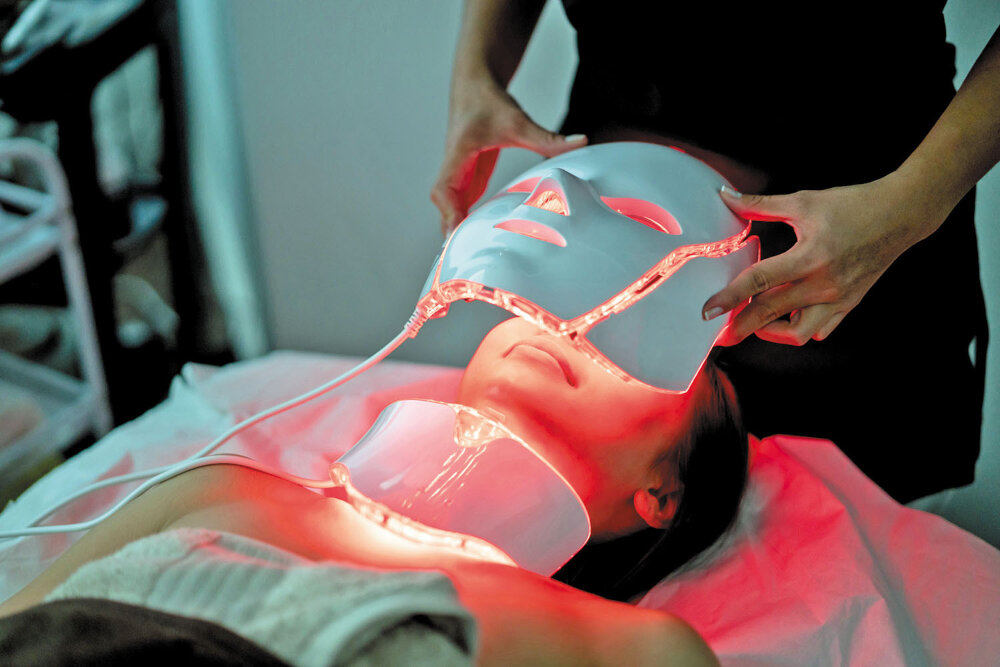
In conclusion, removing LED light adhesive from walls can be a daunting task, but with these proven methods, it can be effortless. Whether you choose to use household items such as vinegar or rubbing alcohol, or invest in specialized adhesive removers, the key is to be patient and persistent. Taking the time to properly remove the adhesive will not only ensure a clean and polished look, but it will also prevent any damage to the wall surface. So the next time you find yourself facing a stubborn LED light adhesive, remember these methods and tackle the job with confidence.


